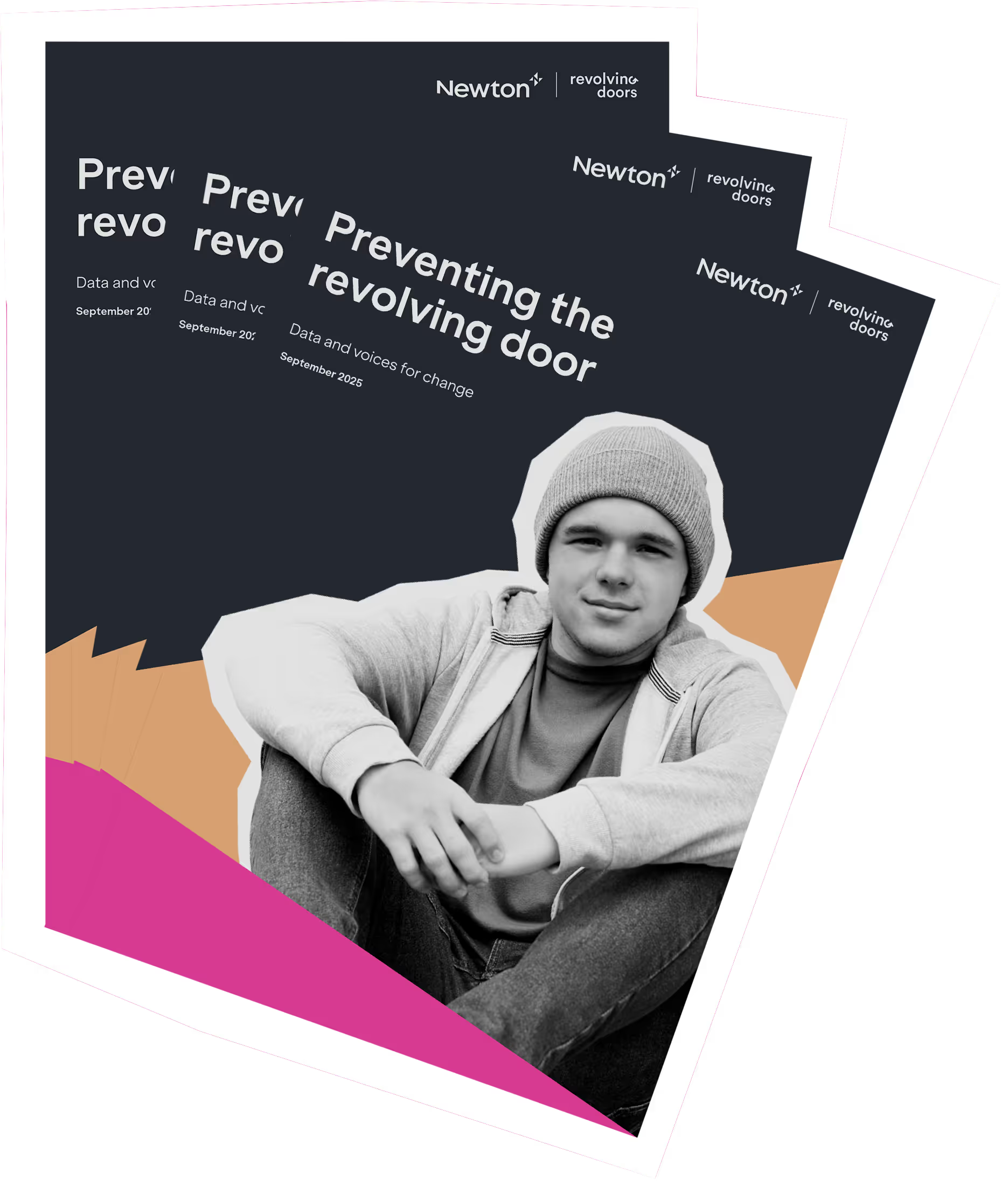Who are the ‘revolving door’ cohort?
Tackling persistent crime by addressing the root causes, not just the symptoms.



Beyond the statistics
Despite decades of awareness, the revolving door of crisis and crime has continued to turn, with public services focusing resources on treating symptoms rather than root causes. Too often the debate has been shaped by statistics that dehumanise, policies that criminalise vulnerability, and systems that step in only when it is already too late.

Who are the revolving door cohort?
The revolving door cohort are defined as prolific and persistent low-level offenders – often shoplifters or those struggling with drug dependency – who cycle in and out of short prison sentences, making them among the heaviest users of public services at a substantial cost to the public purse.
Too often seen as a ‘wicked problem’ that cannot be solved, they are reduced to statistics that mask the reality: people whose lives are shaped by trauma, poverty, discrimination and unstable housing.
Those working in the justice system have long understood that these individuals are not beyond help – but that the system itself often compounds the very issues that drive their offending. By recognising their unmet needs and intervening earlier, this report shows how we can break the cycle, reduce reoffending, and build safer, healthier communities.


Useful links

This page explains some of the key terms used in the report.

The revolving door of crisis and crime is one of the most persistent challenges facing public services.

This research draws on in-depth lived-experience interviews and powerful cross-service data analysis to demonstrate how unmet need and miss opportunities create a revolving door effect.
Read more about the research process, key findings, and expert recommendations.
